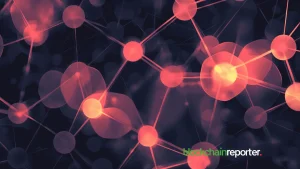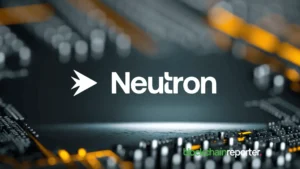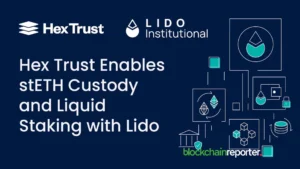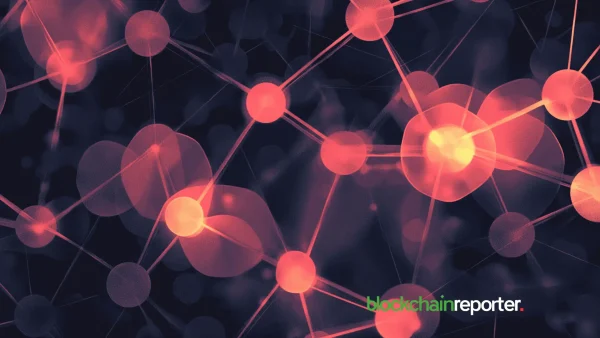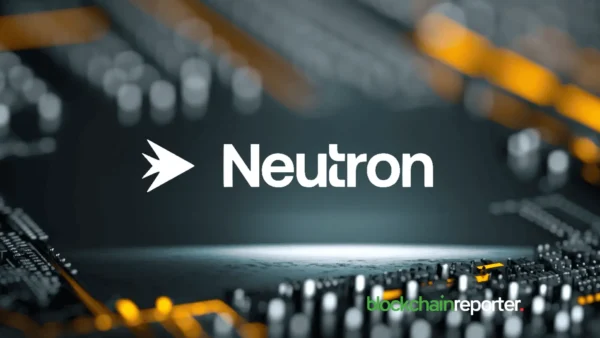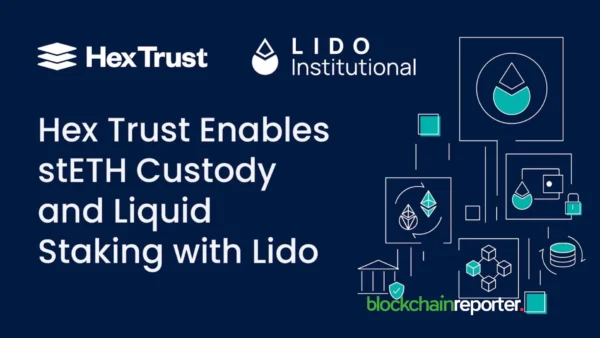
In May this year, Kolibri DAO was announced and in July Kolibri DAO went live. From that moment, Kolibri DAO was truly decentralized and only the community has control over the protocol.
Decentralization
One of the most important qualities in a blockchain is decentralization. In a decentralized network, no entity but you can access your address, reverse transactions, change the rules and parameters of the protocol, enable accounts, etc.
A decentralized network is immutable and trustless. You do not need to trust a third party and you can independently manage your own tokens. In a centralized network, an entity can change the rules of the game or worse.
Smart Contracts
A blockchain in its basic form, only allows basic transactions. Allice transfers 10 tokens to Bob. But if you want to add rules and more complex transactions, you need to be able to deploy applications on the blockchain.
This can be done by deploying smart contracts on a blockchain. Not all chains support smart contracts though. And not all chains that do support smart contracts are really decentralized. Can you imagine Decentralized Finance (DeFi) on a centralized blockchain? There’s no such thing.
Tezos
Tezos is a fully decentralized blockchain, where even protocol upgrades can only be activated after an on-chain voting process that every single token holder can participate in. Additionally, Tezos is a decentralized smart contract platform that allows developers to write smart contracts in several different smart contract languages and deploy dApps.
The activity of both developers and users on Tezos has been growing exponentially. The amount of monthly new contract deployments on the main net went from 784 in March to 4,269 in August. And just halfway into September, that number has almost been matched. If we look at user interaction with smart contracts on main net (contract calls), we see 0.5 million contract calls in March and 3.4 million contract calls in August. Currently half way into September, we already crossed 3.7 million contract calls.
This shows enormous growth within the Tezos ecosystem. Several times, Tezos total daily transactions (so basic transactions + smart contract interactions) has reached 0.6 million transactions per day, which compares to 50% of Ethereum’s daily volume. The growth proves to be sustainable every month, for over 12 months now.
dApps
dApps (decentralized applications) are the next part of the evolution. It’s all about taking out the middleman. A basic decentralized blockchain allows you to take out the middleman while ensuring your transaction arrives at its destination. Now you don’t need a bank to manage your account and to allow you to transfer value. dApps can take out the middleman in more complex use-cases. For example, if you want to take out a loan. Here DeFi comes into the picture.
Decentralized Finance is simply put, the deployment of financial products on a decentralized system. If you want to deploy these products on blockchain, you need to create a smart contract in which a complex number of rules and parameters are incorporated.
As a result, a user can interact with an application on the blockchain that allows him to take out a loan in the form of a stablecoin while providing collateral in the form of XTZ.
One small, yet important detail needs to be covered though. Although the application is deployed on a decentralized blockchain, it is not a decentralized application if the developers of that specific application can still change the underlying smart contracts. Only once the backdoor to change the code is closed for good, an application is truly trustless. After all, if you lock value in a smart contract, and the developers can still change the rules of the game, you’d need to trust the developers with all that value.
You might wonder why developers wouldn’t just let go of the control to the application if they develop a decentralized application. Well, there is the need to be able to change parameters and to be able to fix possible bugs if needed. If we look at lending platforms and stablecoins, there are stability fees, a debt ceiling, liquidation thresholds and other parameters that can be used to fine-tune values and manage the system.
Decisions need to be made and somehow these changes need to be implemented. Who else can execute these tasks? The decentralized solution is to deploy a DAO which democratizes this process. Governance tokens are distributed and token holders can vote on proposals. Once a proposal is accepted by the majority of the token holders, then the proposal is automatically deployed. Sounds familiar? Yes, Tezos protocol updates are deployed in exactly such a decentralized manner.
Although DeFi is a household name, true DeFi is not as common as you might think. A lot of DeFi is deployed on centralized chains. And quite a lot of DeFi projects are still in the process of fully deploying their DAO. The Tezos DeFi ecosystem is growing and maturing fast. I think we can expect a lot of DeFi projects to activate their DAO in the coming year.
Kolibri
The first fully decentralized DeFi application on Tezos is Kolibri. Kolibri (kUSD) is a Tezos-based algorithmic stablecoin that is backed by XTZ with a minimum dollar value ratio of 2:1. You can mint your own kUSD on kolibri.finance, in the form of a decentralized loan, which means that you will supply your own collateral and lock an amount of XTZ in a smart contract and get kUSD in return. At this time of writing 3.7 million XTZ, valued at 22.8 million USD is locked in Kolibri vaults as collateral, and a total of 4.4 million kUSD is minted and in circulation.
In May this year, Kolibri DAO announced and in July Kolibri DAO went live. From that moment, Kolibri DAO was truly decentralized and only the community has control over the protocol. In September the first proposal was accepted and executed. Currently, a second proposal can be voted on to lower the stability fee. You can read more about this proposal here.

